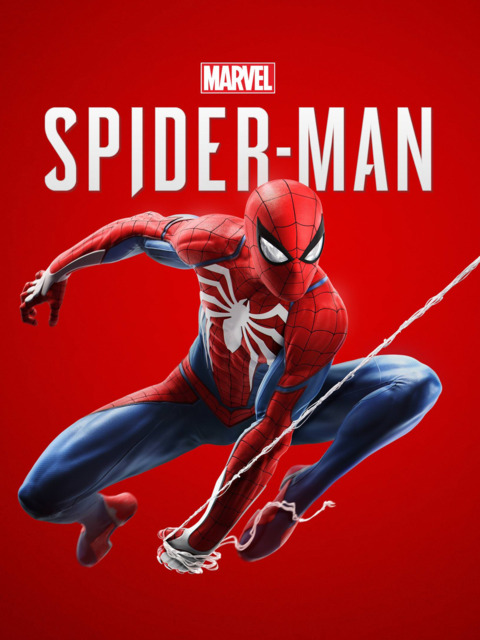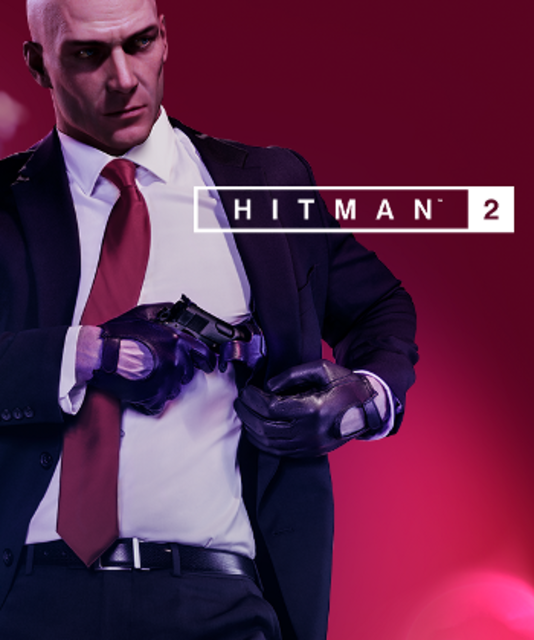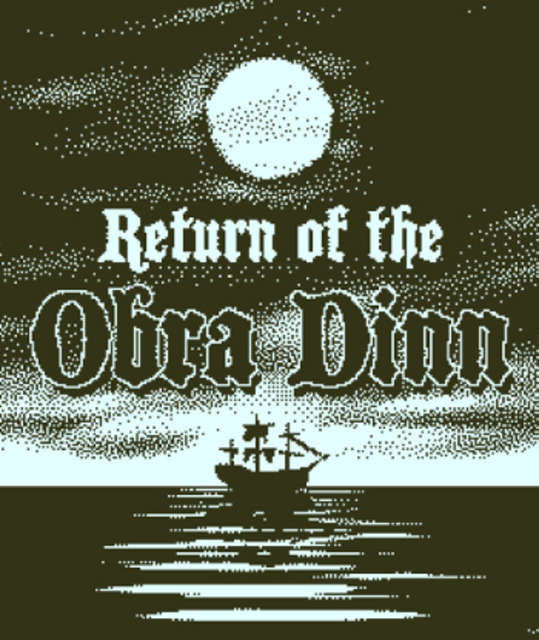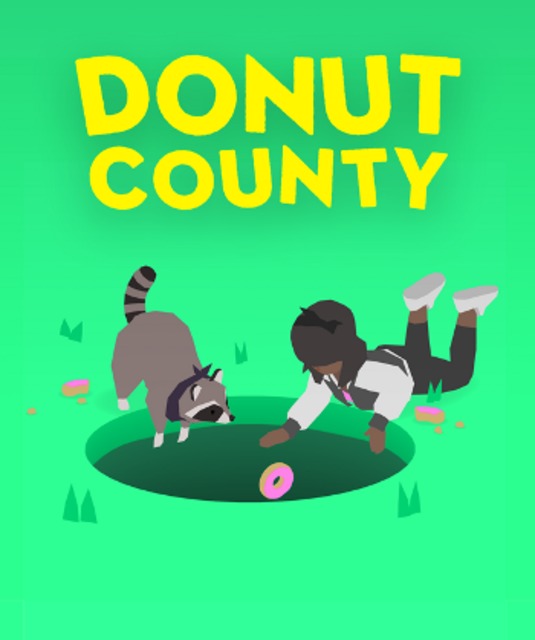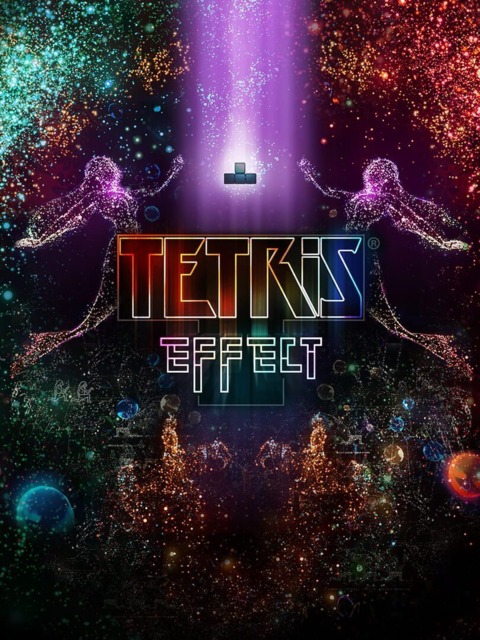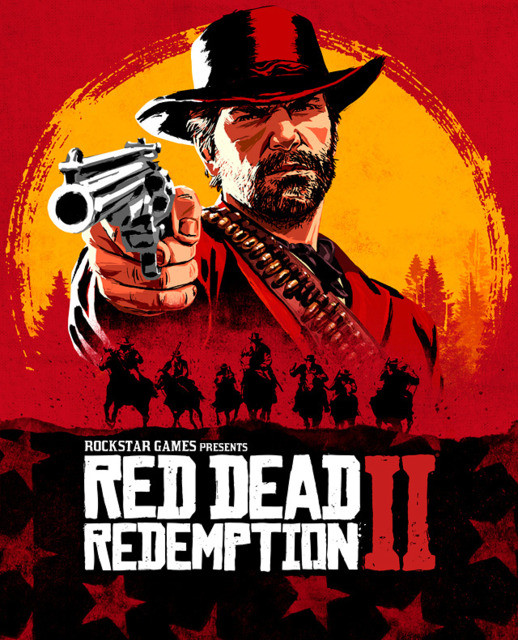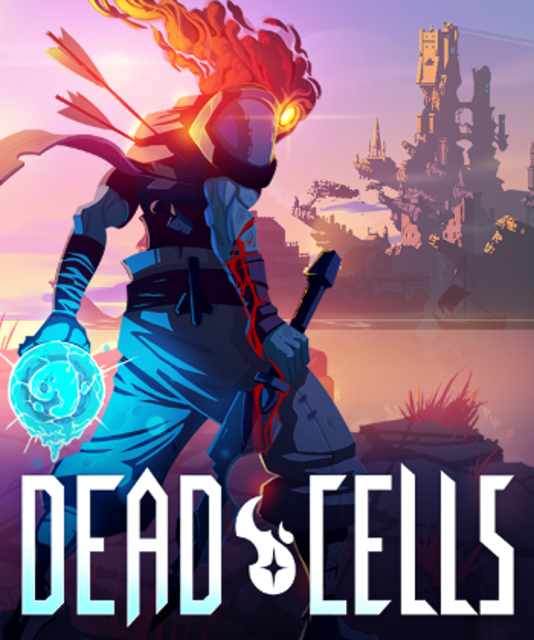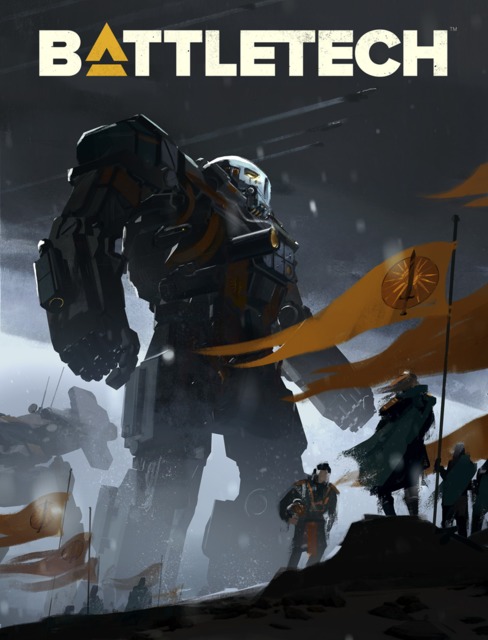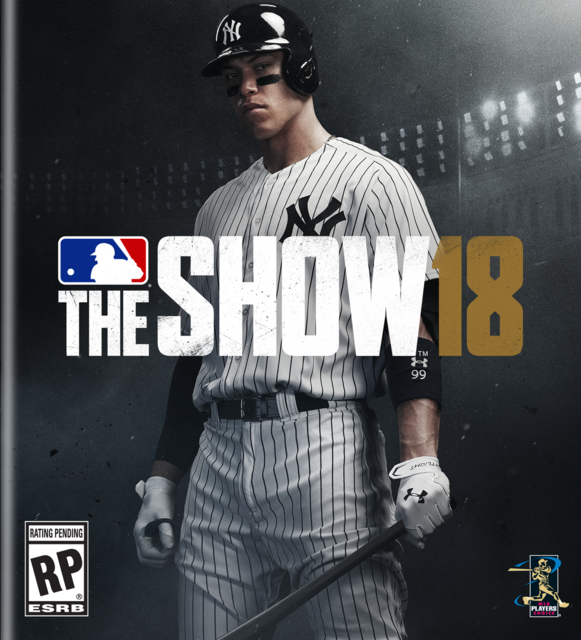Asmo's Favorite Games of the Year 2018
I decided for 2018 to limit my GotY list to ten items and only ten items. In the past, I've played fast and loose with the number of items and release years, but I thought for 2018 I'd try to stick to ten game actually released in this year. It was hard! I liked a lot of games!
Some of these entries reference earlier writing because I've also published this list, along with my honorable mentions and games I cut earlier for various reasons on my personal website, which I'm NOT linking to in order to not run afoul of personal promotion rules!

